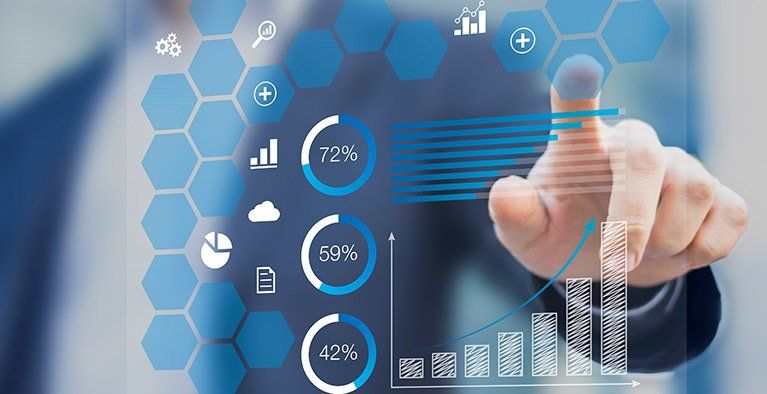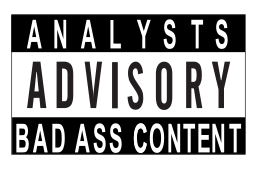Open your store with Alteryx
Data sets and Workflows used in Alteryx Webinar
Get COVID Cases
The workflow for covid cases is attached below:
The prerequisite data sets for this are:
1) Snowflake data exchange share - starschema dataset (see connecting to `Snowflake) OR feel free to plug in data from Johns Hopkins which is available HERE (might need some tweaking)
2) Census shape files - available HERE
3) Census 2019 population estimate - available HERE
GET Mobility Data
The workflow for mobility data is attached:
The prerequisites data sets for this are:
Get Population by Block
This is easy! Just look at the other post --> http://www.demanddata.io/basic-census-analytics
Bring it all together
The link to this workflow:
Prerequisites for this workflow.
1) Connection to Demand Data retailer database (See post on connecting via Snowflake) - or import your own locations of interest!!
2) Mobility to Geo mapping table (maps the name of each county to its coordinates) --> HERE
3) Employee Data (this is dummy data but connect your own!!) --> HERE
4) US zipcodes all match to coordinates. All US zip codes and their geographic metadata --> HERE
Then you need the ouputs from the first 3 workflows as well.




